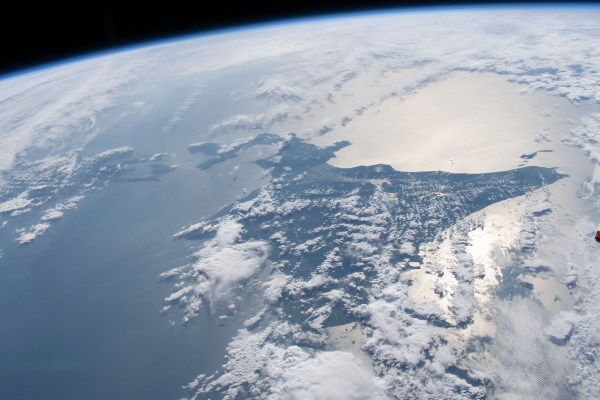As we move through the Sixth Extinction, it can be beneficial to examine what caused massive die-offs in the past. Lystrosaurus specimens from South Africa have been found that may help clarify what happened 250 million years ago. [via IFLScience]
The Permian-Triassic Extinction Event, or the Great Dying, takes the cake for the worst extinction we know about so far on our pale blue dot. The primary cause is thought to be intense volcanic activity which formed the Siberian Traps and sent global CO2 levels soaring. In Karoo Basin of South Africa, 170 tetrapod fossils were found that lend credence to the theory. Several of the Lystrosaurus skeletons were preserved in a spread eagle position that “are interpreted as drought-stricken carcasses that collapsed and died of starvation in and alongside dried-up water sources.”
As Pangea dried from increased global temperatures, drought struck many different terrestrial ecosystems and changed them from what they were before. The scientists say this “likely had a profound and lasting influence on the evolution of tetrapods.” As we come up on the Thanksgiving holiday here in the United States, perhaps you should give thanks for the prehistoric volcanism that led to your birth?
If you want to explore more about how CO2 can lead to life forms having a bad day, have a look at paleoclimatology and what it tells us about today. In more recent history, have a look at how we can detect volcanic eruptions from all around the world and how you can learn more about the Earth by dangling an antenna from a helicopter.












